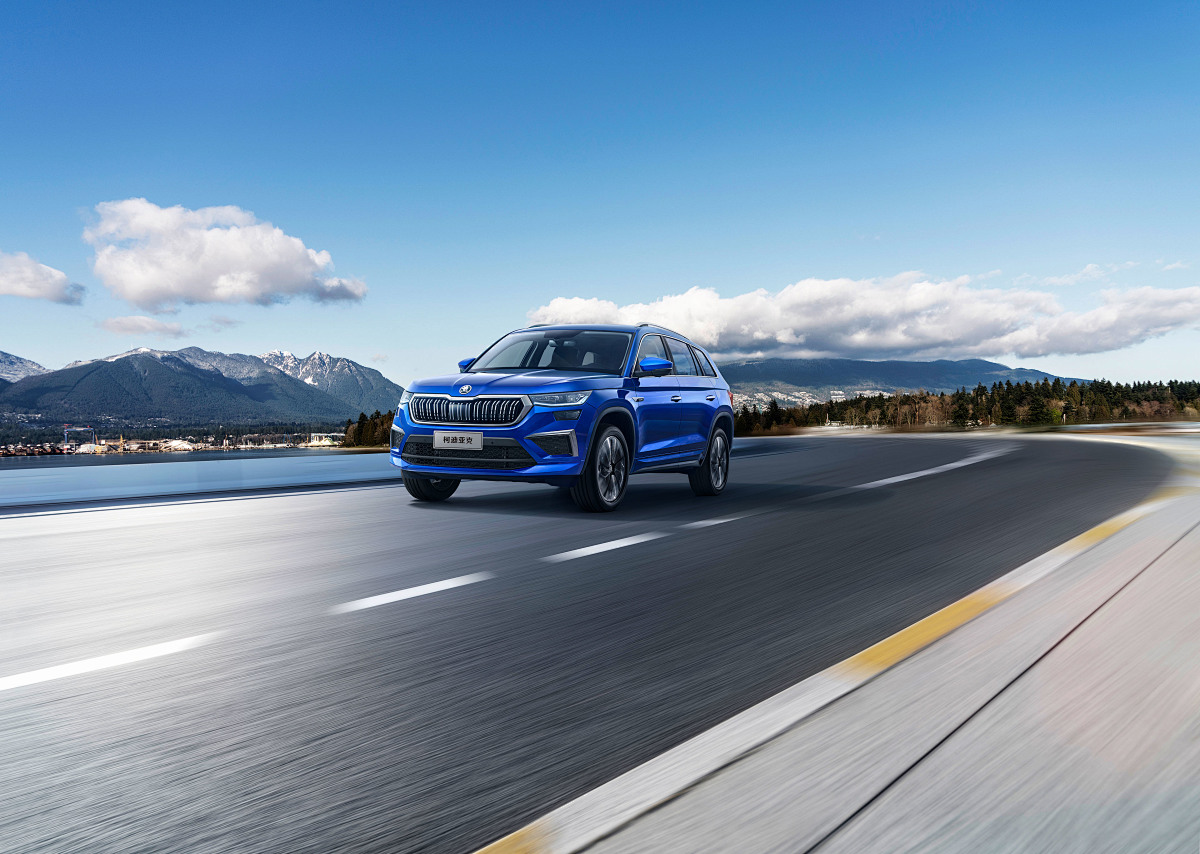1. Hardware Iteration: The Double-Edged Sword of Technological Progress
1.1 Comparison of Sensor Generational Differences
| Hardware Component | Mainstream 2021 Configuration | Latest 2024 Configuration | Performance Gap | Impact on Residual Value |
|---|---|---|---|---|
| LiDAR | 905nm 64-line | 1550nm 128-line | 3.2x | -27% |
| Computing Platform | 30TOPS | 200TOPS | 6.7x | -35% |
| Camera | 1.2MP | 8MP | 5.7x | -18% |
| Ultrasonic Radar | Analog | 4D Digital | 2.1x | -12% |
1.2 Case Studies in Value Retention Strategies
Tesla Hardware Upgrade Program: Paid HW3.0→HW4.0 replacement ($3,500, 15% residual value recovery)
NIO Battery Flexibility: 70kWh→100kWh battery rental (¥880/month, 22% higher value retention)
BMW Modular Architecture: Replaceable computing units (40% lower upgrade cost)
2. Software Limitations: Hidden "Planned Obsolescence"
2.1 Controversial Software Strategy Cases
Manufacturer Restrictive Practice Litigation Outcome Subsequent Improvement Tesla 20% FSD chip throttling $6.25M class action settlement Unlocked performance mode Mercedes Disabled new features on old DRIVE PILOT German court injunction Paid upgrade path introduced XPeng Reduced lane change aggressiveness in XPILOT 3.5 No ruling 5-year feature maintenance promise 2.2 Software Health Indicators
OTA Update History: Last successful update
Algorithm Version: Whether still maintained
Subscription Status: Payment arrears lockout
Sensor Calibration: Deviation from factory specs
2.3 Consumer Guidance
Confirm software support period before purchase (industry standard 5-7 years)
Regularly backup complete system images
Participate in manufacturer data-sharing programs for extended support
Avoid unauthorized third-party upgrades (may void warranty)
3. Second-Hand Inspection: Diagnosing System Health
3.1 Professional Inspection Checklist

3.2 Specialized Inspection Services
Provider Technology Parameters Price Range Germany's TÜV LiDAR attenuation testing 87 items €800-1200 China CIC V2X communication assessment 65 items ¥2000-3000 US Carfax OTA update certification 42 items $400-600 Japan JAAA Sensor fusion deviation test 73 items ¥45,000-65,000 3.3 DIY Inspection Techniques
Basic Road Test:
Average parking success rate over 3 attempts
Camera focus test at 20m using standard chart
CAN bus error code reading via mobile app
Hardware Lifespan Estimation:
LiDAR: 5% light decay per 50,000km (max 15%)
Computing unit: 1-hour continuous operation <85°C
Connectors: 500-insertion lifespan
Future Trends: Innovative Value Retention Solutions
Hardware Leasing: Audi's sensor trade-in program
Software NFTization: Porsche's digital asset transfer trials
Blockchain Mileage Certification: BMW's distributed ledger system
McKinsey recommends choosing vehicles with "open computing architectures" (e.g., NIO NT3.0, Tesla HW5.0) that allow computing module upgrades. In the smart vehicle era, value retention depends not on "low mileage" but on "keeping up"—selecting models with technological continuity is key to weathering rapid iteration-induced depreciation.



.webp)


.webp)